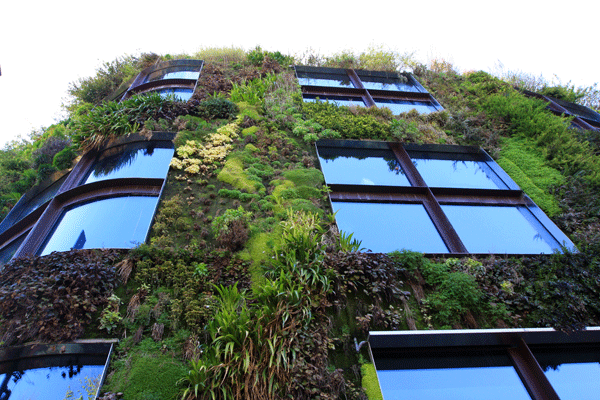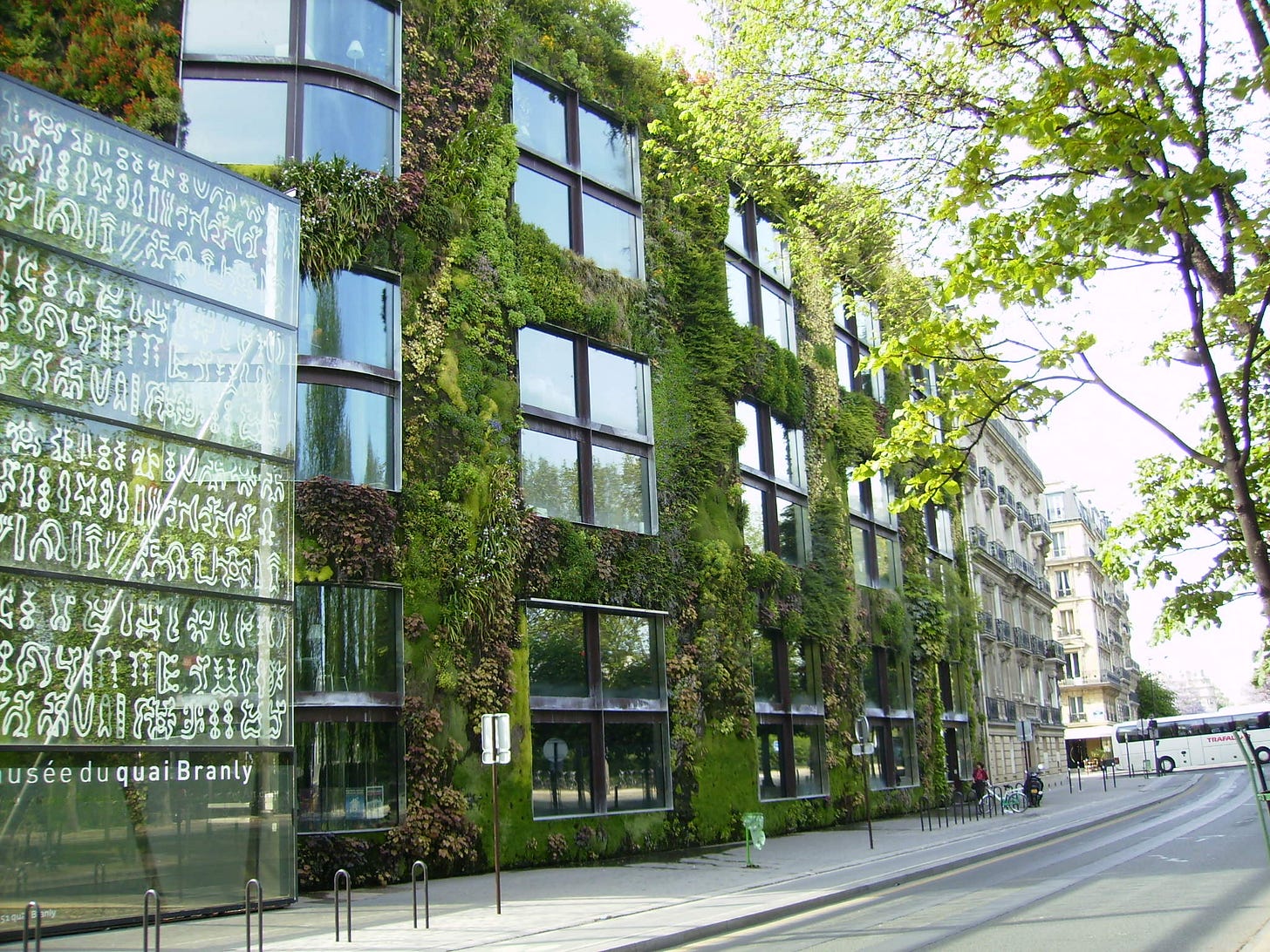
Introduction
Biophilic art is a movement that bridges the gap between humanity and nature, bringing the outdoors indoors through design and artistic expression. This style, rooted in the concept of biophilia—the innate human affinity for nature—aims to foster a deep connection to the natural world, even in urban and industrial settings. In an age where environmental sustainability and mental well-being dominate cultural conversations, biophilic art is emerging as both a creative and practical solution to modern challenges. This blog explores the essence of biophilic art, its impact on modern spaces, notable works and artists, and its growing importance in today’s design landscape.
The Importance of Biophilic Art
Biophilic art isn’t just an aesthetic choice; it’s a response to our collective longing for nature in an increasingly urbanized world. Scientific studies have shown that exposure to nature or natural elements significantly reduces stress, enhances productivity, and boosts overall happiness. Biophilic art leverages these benefits by incorporating natural materials, organic shapes, and ecological themes into artistic creations.
Historically, nature has been a recurring motif in art, from the idyllic landscapes of Romantic painters to the delicate naturalism of Japanese woodblock prints. However, biophilic art goes a step further by integrating nature itself—plants, water, and light—into the work. This immersive approach creates spaces that feel alive and restorative, making biophilic art especially relevant in urban environments where natural landscapes are scarce.
In architecture and interior design, biophilic principles have already transformed office buildings, schools, and healthcare facilities, proving their universal appeal. When applied to art, these principles offer not only visual beauty but also tangible health and environmental benefits, aligning perfectly with the priorities of the 21st century.
Notable Pieces and Top-Selling Works in Biophilic Art
Biophilic art has captured the attention of collectors, galleries, and corporations alike, with some notable pieces commanding significant sales. Here are a few standout examples:
Olafur Eliasson’s “Weather Project”
Displayed at the Tate Modern in London, this large-scale installation featured a giant glowing sun made of light panels, mist, and mirrors. While it wasn’t sold as a conventional piece, the project earned widespread acclaim, elevating Eliasson’s market value.
Eliasson’s smaller biophilic works, such as light sculptures, have sold for upwards of $500,000 at auctions.
Patrick Blanc’s Vertical Gardens
As both art and functional design, Blanc’s vertical gardens have been installed in iconic buildings like the Musée du Quai Branly in Paris. These living walls blur the line between art and architecture.
While exact sale prices aren’t publicly disclosed, commissioning a vertical garden can cost between $250,000 and $1 million, depending on the scale.
Petrit Halilaj’s “Rujë” Series
Using natural materials like flowers and soil, Halilaj’s works explore themes of identity and cultural heritage. One of his pieces sold at Sotheby’s for $150,000, underscoring the rising market interest in nature-based art.
These pieces not only exemplify biophilic principles but also demonstrate the commercial viability of this artistic trend, making it a promising area for investment.
Leading Artists and Designers in Biophilic Art
Several artists have pioneered the biophilic art movement, blending creativity with ecological consciousness:
Olafur Eliasson
Known for his innovative installations that use light, water, and air, Eliasson’s works are both awe-inspiring and deeply rooted in environmental themes. His ability to create immersive experiences has made him a leader in biophilic art.
Patrick Blanc
Often referred to as the “father of vertical gardens,” Blanc has transformed urban spaces with his lush, plant-covered walls. His work demonstrates the versatility of biophilic design in public and private spaces.
Fujiko Nakaya
Famous for her fog sculptures, Nakaya uses water vapor to create ephemeral, dreamlike environments. These installations challenge traditional notions of art while emphasizing the beauty of natural processes.
Petrit Halilaj
Halilaj’s work frequently incorporates organic materials to address themes of identity, memory, and nature. His innovative approach has positioned him as a key figure in contemporary biophilic art.
These artists are not only redefining the art world but also influencing fields like architecture and urban planning.
Comparing Biophilic Art with Similar Art Forms
Biophilic art shares commonalities with other nature-inspired movements but stands apart in its execution and impact:
Environmental Art
Focused on ecological restoration and activism, environmental art often addresses pressing global issues like climate change. While both styles prioritize nature, biophilic art is more integrated into daily living spaces.
Land Art
Land art is typically large-scale and rural, using natural landscapes as both canvas and medium. Biophilic art, on the other hand, thrives in urban environments, offering accessible interactions with nature.
Traditional Landscape Art
Unlike landscape paintings that represent nature, biophilic art physically incorporates natural elements, creating multisensory experiences that transcend visual appreciation.
These distinctions highlight the unique role of biophilic art in fostering a deeper connection to nature within modern contexts.

The Popularity of Biophilic Art and Its Future
Biophilic art’s rise is fueled by a convergence of cultural and environmental factors:
Urbanization
As cities expand, the need for natural connections becomes more urgent. Biophilic art offers a way to bring nature into urban spaces, enhancing quality of life.
Sustainability
With growing awareness of environmental issues, biophilic art aligns with the global push for eco-conscious living.
Mental Well-Being
The pandemic underscored the importance of mental health, driving interest in art that promotes relaxation and connection.
Looking ahead, the market for biophilic art is poised for growth. Increasing demand from corporations, urban planners, and private collectors suggests rising valuations for biophilic works. As sustainability becomes a central concern, the appeal of biophilic art will only strengthen, positioning it as a cornerstone of contemporary design.
Conclusion
Biophilic art represents a transformative approach to creativity, blending aesthetics with ecological mindfulness. By integrating natural elements into artistic expression, this trend addresses both individual well-being and global sustainability. As collectors and designers continue to embrace biophilic principles, the movement is set to redefine modern spaces, making them more beautiful, functional, and harmonious with nature.
The images used in this piece are of Patrick Blanc’s Vertical Gardens
For Inquiries and Exclusive Promotions:
Explore our curated offerings at Artists Breath.
Discover Our Exquisite Collection:
Immerse yourself in our distinguished selection of fine art at Artists Breath Collection.
Connect with Our Artists and Gallery:
For personalized assistance or to engage with our talented artists, please reach out at info@artistsbreath.com.
Stay Informed with Our Insights:
Subscribe to our Substack for the latest in art and culture at Artists Breath Substack.